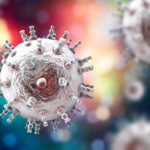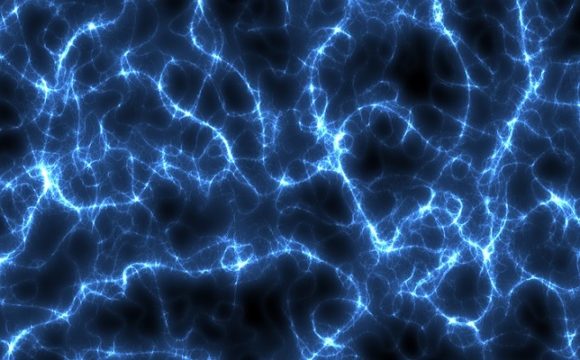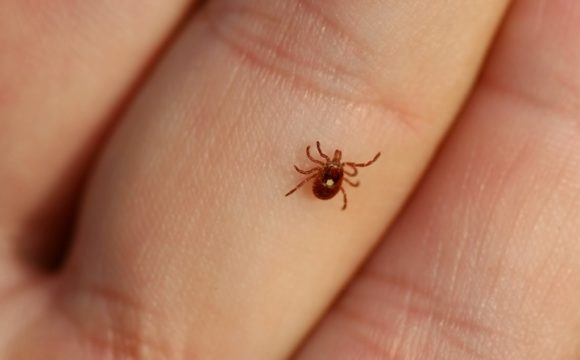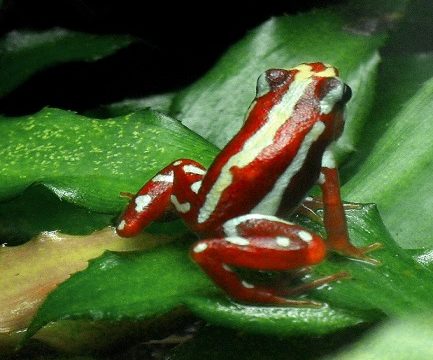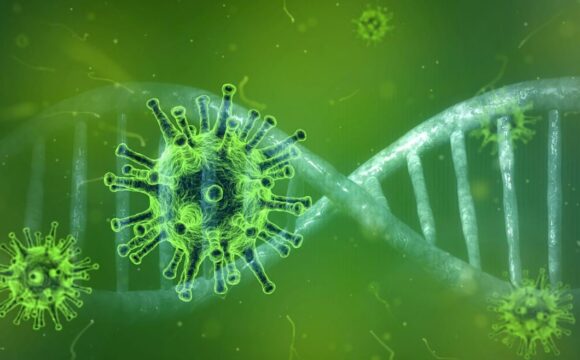The Highly anticipated decision for the 2017 Nobel Prizes was finally announced this month. For the world of Biology, it was endearing to learn that The Nobel Assembly at Karolinska Institutet jointly awarded Jeffrey C. Hall, Michael Rosbash, and Michael W. Young the Nobel Prize in Physiology or Medicine for their work on molecular mechanisms controlling the circadian rhythm. This article will explore this concept.

Just like an average day comprises of the period of about 24 hours, the organisms who thrive on this planet earth have also developed an internal biological/physiological clock which repeats itself every 24 hours. This phenomenon was first studied in the plant Mimosa pudica by a French Astronomer and Geophysicist by the name Jean-Jacques d’Ortous de Mairan in the 18th century. He observed that the daily opening and closing of the plant is not affected by the presence or absence of sunlight. He himself did not propose the term biological clock but rather thought that plants are able to sense the sunlight even when they are not in direct contact with it. Nonetheless, he still remains the first person to show the existence of an endogenous clock through experiment.
From plants, the study now moved to fruit flies (Drosophila melanogaster). American Physicist and molecular biologist Seymour Benzer showed for the very first time along with his student Ronald J. Konopka- the circadian rhythm mutants. There were three identified mutant types, these were arrhythmic, shortened period, and lengthened period. He even managed to demonstrate that these mutants were a result of a mutation in a single functional gene located on the X chromosome. He could not identify the gene but named it ‘period’.

The recipients of this year’s Nobel prize are the scientists who successfully isolated this period gene. The collaborative work was between Jeffrey Hall and Michael Rosbash, working at Brandeis University in Boston, and Michael Young at the Rockefeller University in New York. The trio even went on to discover the protein encoded by the period gene. This was called PER. It accumulated during the night and degraded during the day. Hall and Rosbash proposed that PER functions in an inhibitory feedback loop mechanism wherein in a continuous cycle it regulates its own synthesis. This theory was further strengthened by Young’s discovery of the gene ‘Timeless’ which encodes the protein TIM. This TIM protein binds to PER protein and enables its entry into the cell nucleus wherein they inhibit the activity of period gene. Young identified a yet another gene ‘doubletime’ encoding the protein DBT which delays the accumulation of PER. Eventually, a bunch of other proteins was also discovered by the laureates which activate the period gene. And they also showed how light helps in synchronizing this cycle.
From Drosophila this phenomenon of the Biological clock has been extended to humans. Biological clock regulates everything from sleeping and feeding pattern to hormones and moods. Things like abrupt schedule, traveling across time zones and fluctuating lifestyle can hamper the cycle. This explains why lifestyle is so central of a risk factor for diseases like obesity, heart failure, cancer, and diabetes. A Google search as ‘how do I reset my circadian rhythm?’ will prompt results like- not taking a nap, avoiding light during the night and sticking to your sleep schedule strictly.

(Source: img.newatlas.com)
The idea that humans have internal mechanism synchronous to the rotation of the planet re-reminds just how much we are connected to our beloved planet earth. Congratulations to all the winners!
Key Source:
www.nobelprize.org





